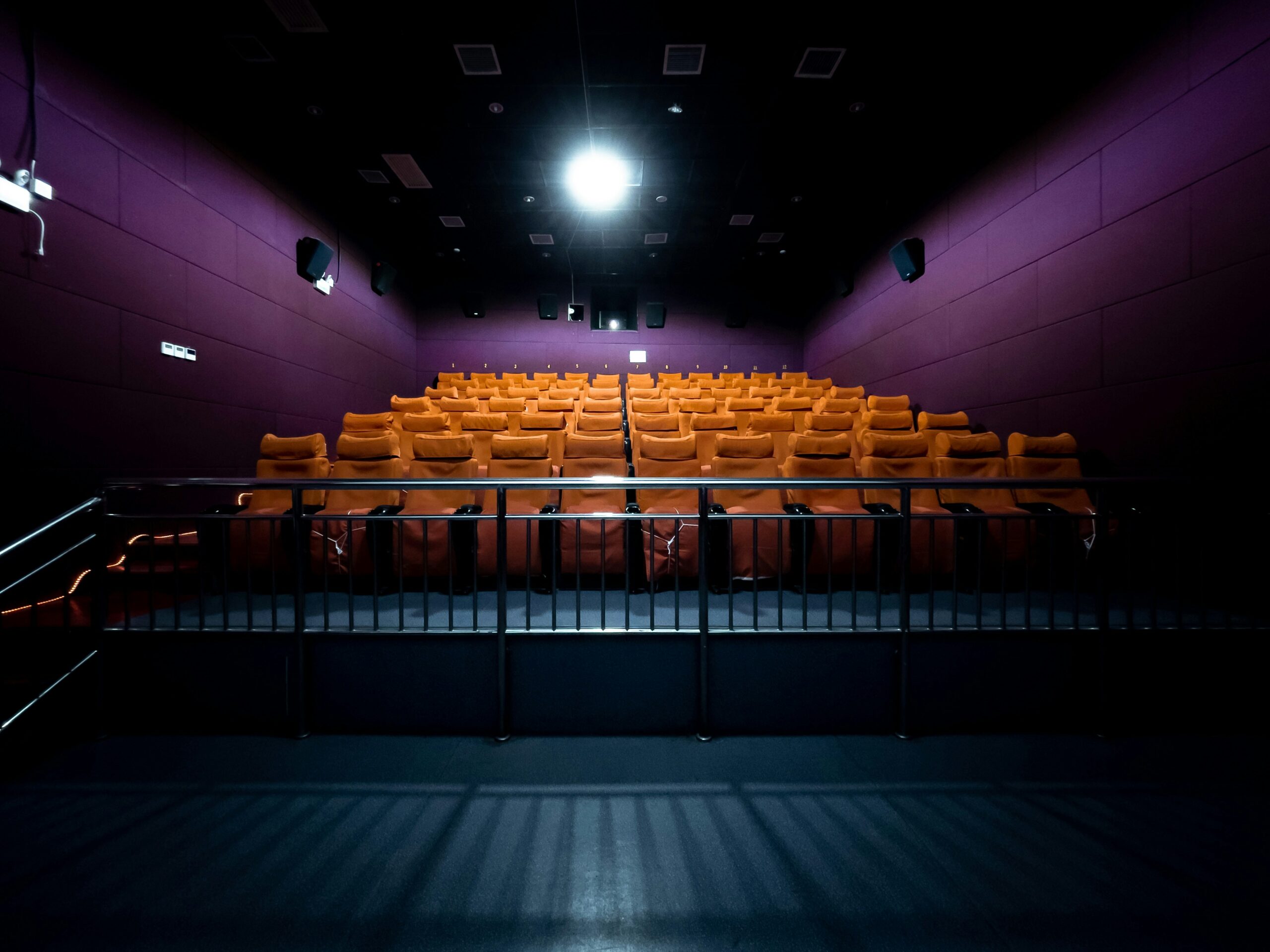Colors in movies are more than just visual elements—they are powerful tools that influence emotions, convey themes, and deepen storytelling. Whether it’s the vibrant hues of a joyful scene or the muted tones of a somber moment, color plays a pivotal role in shaping the audience’s experience. Here’s why selecting the correct color scheme according to the theme of a movie is essential.
1. Setting the Mood
Color instantly sets the tone for a film. Warm colors like red, orange, and yellow evoke feelings of passion, warmth, or intensity, while cool colors like blue and green create a sense of calm, sadness, or mystery. For example:
- Horror Films: Often rely on dark, desaturated colors to create tension and fear.
- Romantic Comedies: Use bright, pastel tones to evoke a light-hearted, cheerful atmosphere.
Example: The desaturated palette in Schindler’s List amplifies its historical and emotional gravitas, while the iconic red coat becomes a poignant symbol amidst the grayscale.
2. Enhancing Storytelling
Colors are often used as a narrative device to symbolize key themes, character arcs, or transitions. A well-designed color scheme can subtly guide the audience through the story.
- Symbolism: Colors like green often symbolize growth or envy, while red may signify danger or love.
- Character Development: A shift in a character’s arc can be visually represented through changes in their color palette.
Example: In The Grand Budapest Hotel, Wes Anderson uses meticulously planned color schemes to highlight different timelines and moods, making the narrative visually distinct and memorable.
3. Building a Visual Identity
A cohesive color theme gives a movie a unique identity, making it instantly recognizable. This not only enhances visual appeal but also creates a lasting impression.
- Memorable Aesthetics: Films like La La Land are celebrated for their vibrant and dreamy color palettes, which complement the whimsical, romantic theme of the story.
- Marketing Impact: A distinctive color scheme can be carried into promotional materials, strengthening the movie’s brand.
4. Evoking Emotional Responses
Colors trigger subconscious emotional reactions, helping filmmakers connect with audiences on a deeper level.
- Empathy and Relatability: The right colors can make viewers feel what the characters are experiencing.
- Foreshadowing: A subtle shift in tones can hint at upcoming events, building anticipation.
Example: In Joker, the color green dominates as a symbol of decay and chaos, while reds amplify moments of violence and transformation, creating an emotionally charged experience.
5. Transporting Viewers to the Setting
Colors are key to world-building, especially in period dramas, fantasy, or sci-fi genres. The choice of colors can immerse audiences in the story’s environment, making the setting more believable and engaging.
- Historical Accuracy: Muted, earthy tones are often used in period films to reflect the era.
- Futuristic Worlds: Neon and metallic colors dominate sci-fi settings to create a sense of the unknown.
Example: In Mad Max: Fury Road, the fiery oranges of the desert contrast with the stark blues of night, emphasizing the harsh and dystopian environment.
6. Complementing Cinematic Themes
Thematic consistency is crucial in storytelling, and colors often align with the overarching message of a film.
- Unity Across Elements: A well-chosen color scheme ties together costume design, set decoration, and cinematography, ensuring every visual aspect supports the theme.
- Subtle Messaging: Colors can reinforce themes without overt dialogue or exposition.
Example: In Her, soft pastel tones reflect the futuristic yet intimate world of human-AI relationships, enhancing the film’s emotional resonance.
Conclusion
Choosing the right color scheme for a movie isn’t just about aesthetics—it’s about crafting an immersive, emotional, and thematic experience for the audience. A film’s colors can amplify its mood, deepen its storytelling, and leave a lasting impression, making it an integral part of cinematic artistry.
Next time you watch a movie, take a closer look at the colors on screen—they’re not just there to look pretty; they’re speaking directly to your emotions.
